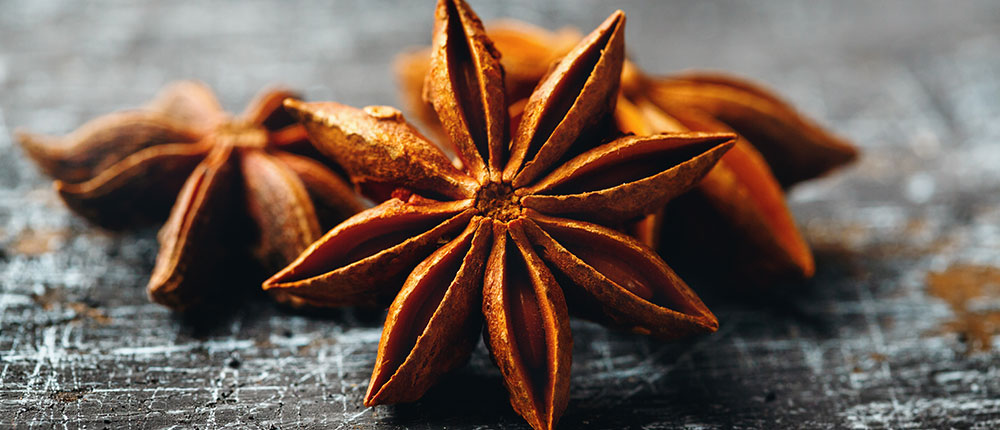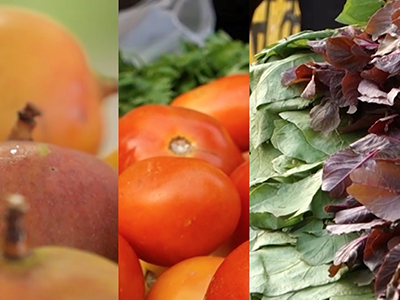Northeast India has a wealth of medicinal plants that make their way to Indian and foreign markets. If grown sustainably, the sector can be a major bio-resource for the region.

Northeast India has India's richest reservoir of plant diversity and supports around 50% of India’s total plant diversity (Mao & Hynniewta, 2000). The region also harbours 40% of India’s endemic plant species (Hedge, 2000). Medicinal plants are an important bio-resource of Northeast India. The region’s diverse physiography helps the growth of diverse species of medicinal plants, many of which are used by various ethnic groups for their primary healthcare needs. Important medicinal plants such as Aconitum feorx (Indian Aconite), Aconitum heterophyllum (Indian Atees), Swertia chiryata (Chirayita), Coptis teeta (Mishmi teeta/Gold thread), Podophyllum hexandrum (May Apple), Illicium griffithii (Star Anise), Berginia ciliate (Winter Begonia), Paris polyphylla (Himalayan Paris), Homalomena aromatica (Scented Arum), Garcinia spp. (Sap tree), Oroxylum indicum (Broken bones), Smilax glabra (Sarsa Parilla) etc. are all available in the forests of Northeast India.
At present, the raw material produce (unprocessed medicinal plant parts) from the region is traded mainly in the markets of Delhi, West Bengal, and Bihar (Shankar and Rawat, 2013). Pseudobulbs of Dendrobium denudans (Bare Dendrobium), D. eriaflorum, D. transparens (Translucent Dendrobium) and D. devonianum (Devon’s Dendrobium) orchid are exported from Manipur and Mizoram to Myanmar. Root of Paris polyphylla (Himalayan Paris) are collected from Manipur, Nagaland, Arunachal Pradesh and Meghalaya and exported to Myanmar (Mao et al., 2009). The medicinal plant sector has great potential to boost the economy of Northeast India.
Threats to plant population and regeneration
However, for successful cultivation and processing of medicinal plants, some core issues need to be addressed. These include identification of species-specific pockets through surveys, proper documentation (plant parts used, for which ailment, dosages, method of preparation, harvesting period), proper identification through DNA barcoding, isolation of active compound, conservation, production of quality planting material, agro technique development, market survey, establishment of storage facilities and market channels, awareness and capacity building, etc.
A major issue in this sector is extraction of medicinal plants such as Homalomena aromatica (Scented Arum), Dipsacus inermis (Himalayan Teasel), Thalictrum javanicum (Meadow-rue), Berberis aristata (Indian Barberry), Nardostachys jatamansi (Spikenard), Picrorhiza kurooa (Fig wort) etc. from their wild population. As a result, their natural population is restricted only to isolated pockets. It has been observed in field surveys that to collect medicinal plants, pharmaceutical companies engage middlemen, who in turn engage local villagers to extract such plants from the wild at low cost. Different parts of different plants are traded. The roots of Potentilla fulgens (Himalayan Cinquefoil), Panax pseudoginseng (Himalayan Ginseng), Homalomena aromatica (Scented Arum), Dipsacus inermis (Himalayan Teasel), Thalictrum javanicum (Meadow-rue) are used, while fruits of Podophyllum hexandrum (May apple) are required. However, whole plants are uprooted in the extraction process, giving the seeds no chance to propagate the species. This is threatening their population as the plants are plucked at a faster rate than they regenerate in the wild.
Even after this, sometimes pharmaceutical companies do not purchase the raw material over quality concerns.
Adulteration is another problem in promoting certain species. Swertia chirayta (Chirayita) is adulterated with Swertia bimaculata (Double- spotted Swertia) and Swertia angustifolia (Narrow-leaved Swertia). Black pepper (Piper nigrum) is adulterated with dry papaya seed and Mesua ferrea (Cobra’s Saffron) flower is adulterated with Calophyllum inophyllum (Beach Calophyllum).
Explorations and solutions
The TERI North East Centre is working on not only finding out unexplored medicinal plants of the region, but also on conservation aspects of the known plants and providing quality planting material to farmers for large scale cultivation. This will help minimise pressure on the wild population of medicinal plants. Further, to stop collection from the wild, source promotion of commercial cultivation and marketing should be given priority through contract farming. There are also modern techniques available to detect adulteration of samples. Moving forward, collective farming instead of a single farmer approach will be appropriate for this sector as the land holding size of farmers is small. Capacity building on cultivation and marketing will help them and traders upgrade their capacities.
TERI-NE centre had also organised a national seminar on promotion of commercial cultivation of the region’s medicinal plants to explore opportunities and challenges in the medicinal plant sector. It has also implemented DNA club programmes in different schools, under which herbal gardens were established in school campuses to popularise and conserve local medicinal plants.
The centre has also carried out multi-locational field trials of superior Jatropha clones in different agroclimatic zones of northeastern states of India and demonstration of superior Jatropha clones to conduct comparative analysis and field performance of selected accessions and to formulate package of practices of Jatropha plantation and management. This is significant as the National Medicinal Plant Board has pointed out that Jatropha curcas (Physic nut) is an important medicinal plant and has market potential (NMPB, 2018).
Research is also being undertaken on micropropagation of selected clones of Hippophae sp (Seabuckthorn) and field performance evaluation in Arunachal Pradesh. A total of 83 accessions of Seabuckthorn have been collected from the Himalayan region in Sikkim. Seabuckthorn’s natural population has also been located in Arunachal Pradesh and 37 accessions collected from Zimithang area of the state bordering China.
Under a multi institutional project, the TERI-NE Centre also collected 26 anti-ulcer plant species as part of an ethno-botanical survey of indigenous plants of Assam and Arunachal Pradesh for their pharmacological screening for anti-ulcer potential. Screening of anti-ulcerogenic activity of selected plants will provide clues for development of potential anti-ulcer drugs. The centre has also produced quality planting material of Patchouli (medicinal and aromatic plant) and tested their field performance and conserving seven Garcinia (Sap tree) species at field level, some of which are endemic to Northeast India.
Several other high-value medicinal plant species are also endemic to Northeast India, making pharmaceutical companies in other parts of the country dependent on raw material from the region for formulation of certain products. The sector thus can turn out to be very promising for Northeast India.
References:
1. Mao A A & Hynniewta T M, 2000. Floristic diversity of North East India, J Assam Sci Soc, 41(4) (2000) 255-266.
2. Hedge S.N. (2000), Orchid Biodiversity of North East India, J. Assam Sci. Soc., 41 (4) : 289-311
3. Shankar R and Rawat MS 2013. Conservation and cultivation of threatened and high valued medicinal plants in North East India. International Journal of Biodiversity and Conservation 5(9): 584-591
4. Mao AA, Hynniewta TM & Sanjappa M 2009. Plant wealth of Northeast India with reference to Ethnobotany, Indian Journal of Traditional Knowledge 8(1) : 96-103
5. National Medicinal Plant Board (NMPB), 2018. Production and Supply of Botanicals

